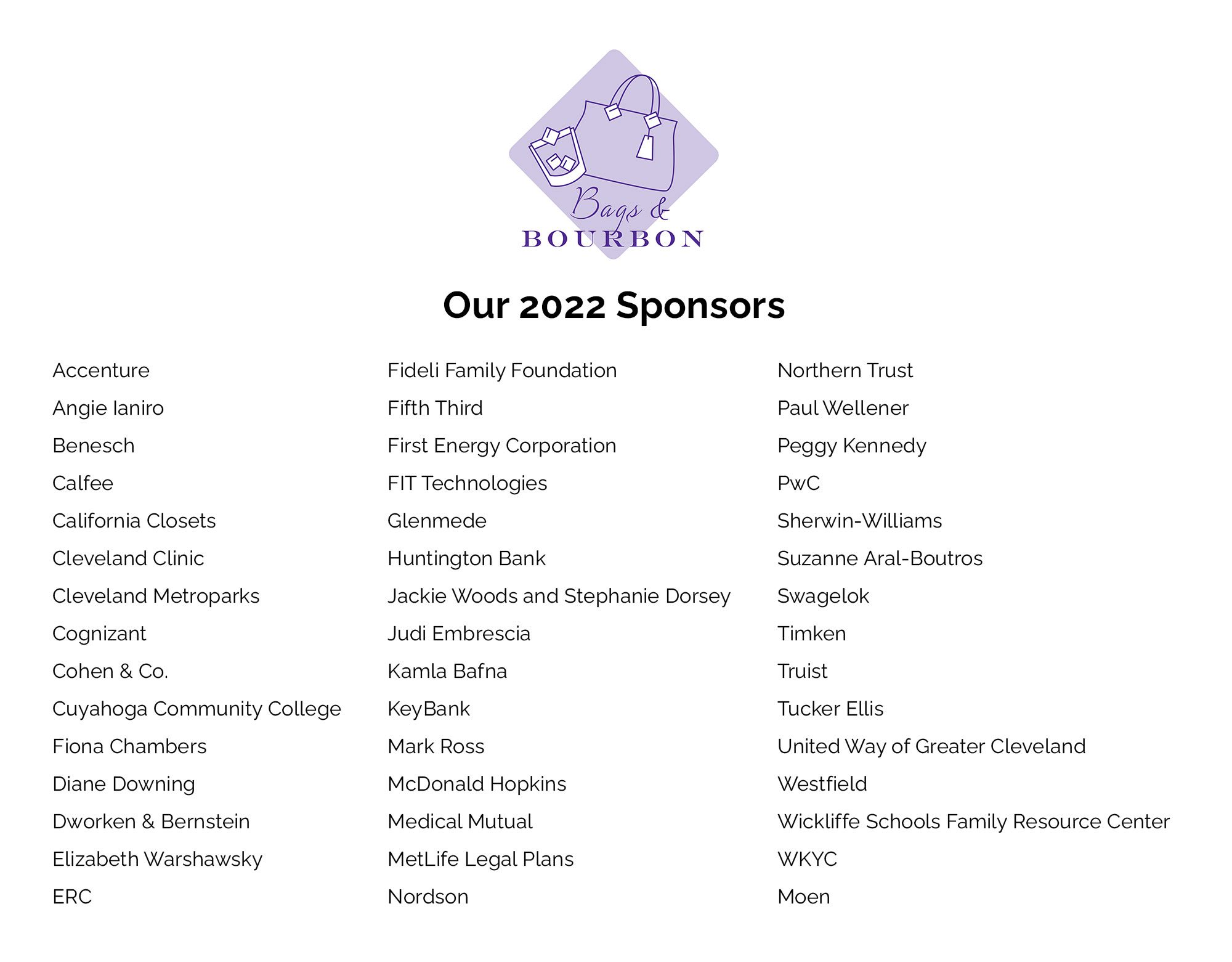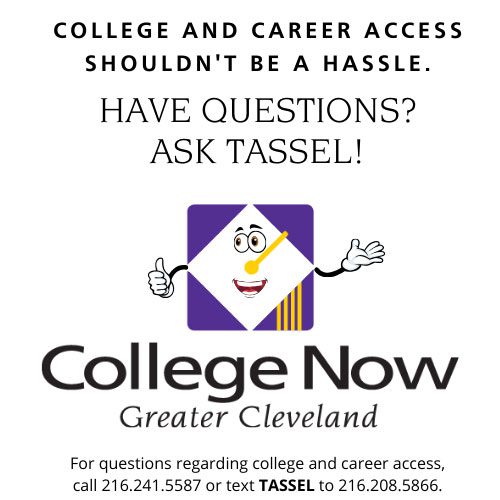Tips and Tricks to Ace the Fall ACT As the school year approaches, standardized testing might be the last thing on your mind. You are worried about getting new school supplies, finding your classes for the coming year and hurrying to finish up the rest of your summer reading. You’re probably not thinking too much about how to prepare for the ACT test you’re signed up to take in the fall. Regardless of your age (if you are an underclassman, a junior or a senior), the fall ACT test is an important milestone for you as you plan for your postsecondary journey. If you are a senior, this is likely the last time you can take the test before you begin sending off your college applications in the late fall and winter. Juniors and underclassmen, the fall is the perfect time to see where you stand in terms of your standardized test score; it gives you an idea of the areas on which you need to focus, and gives you ample time to take the appropriate measures necessary to achieve the score you want prior to the next test. But we know that sometimes, as much as you prepare for your test beforehand (whether on your own or through some of our College Now afterschool test prep programs), you still get nervous when it’ time to take the test – and that’s okay! Here are some tips and tricks from our impACT team for ways to quickly prepare for the test. impACT is an after-school program that focuses on ACT preparation, which makes them great sources of wisdom for you.
- Relax the night before the test. Studying last minute may cloud what you already know.
- Remember that the ACT is, on the most basic level, an open-book test: everything you need to know and look for is going to be in your test booklet (English and math seem to be the exceptions though because there are concepts, rules, and equations that must be known. Make sure you start reviewing those now.).
- Eat breakfast before the test – it will be hard to concentrate on an empty stomach.
- If you’re running out of time to answer questions, we suggest guessing on what can’t be thoughtfully answered. Incorrect answers do not count against you; answers left blank can hurt because it could have been a potential correct answer if guessed.
- Write in the test booklet (underline words, draw math equations, draw graphs for science, etc.) to help understand what is being said or written.
- English: Start by reading the selected sentence of the paragraph carefully and listen in your head for mistakes. The four most common errors are relationships between verb and subject; pronoun errors; sentence structure; and awkwardness, verbosity or incorrect use of idioms.
- Math: Mark up diagrams or sketch drawings for word problems. Focus more closely on the first 30 questions, because the questions gradually become more difficult. If you get stuck, try plugging in numbers and variables to find different ways to a correct answer.
- Reading: Use the three-stage method to get through as much of the reading passage as possible (preview passage, read passage, review passage). Focus on big ideas and look for connections among ideas. Take notes as you read to easily reference them when answering questions.
- Science: Use the same three-step method as reading. The science section is a reading section in disguise; when it comes down to it, all the science section is really just an interpretation of graphs.




